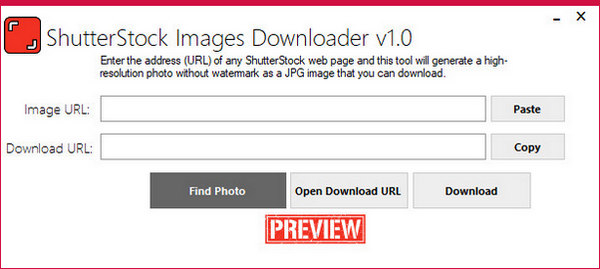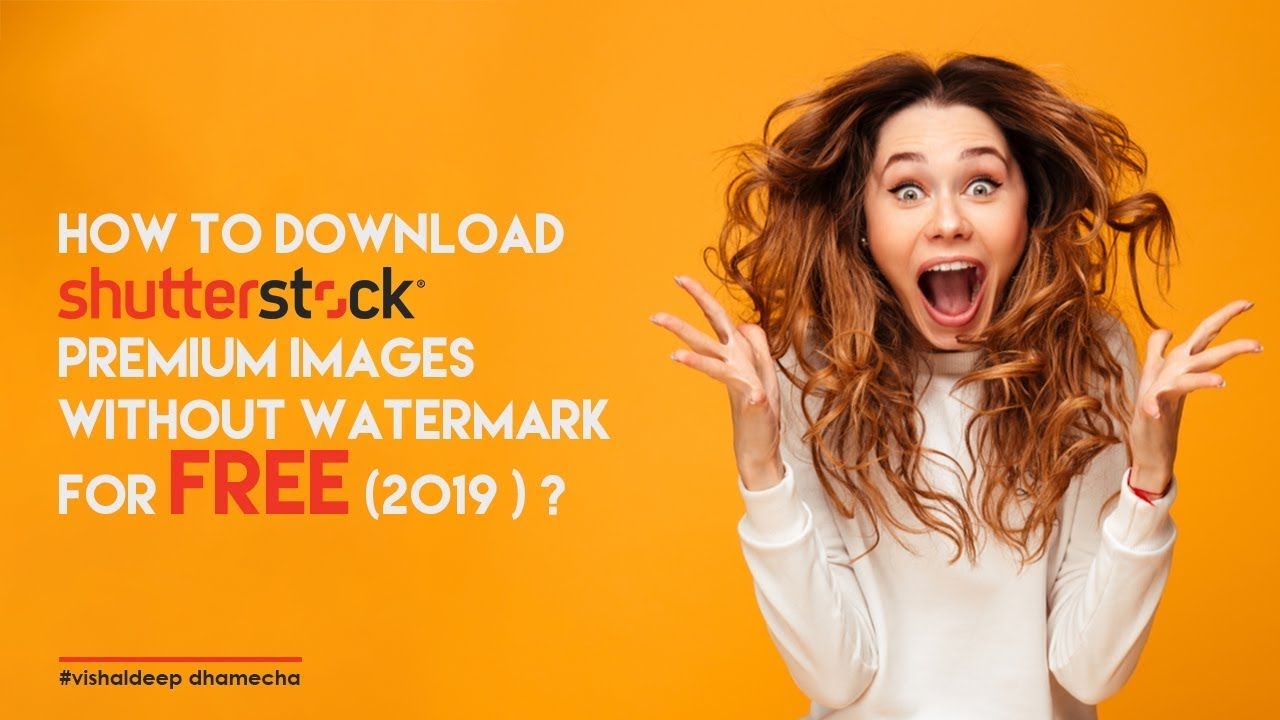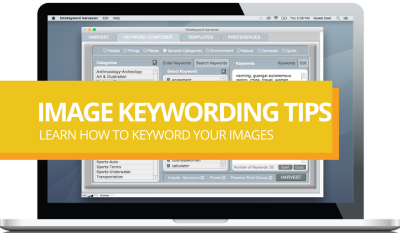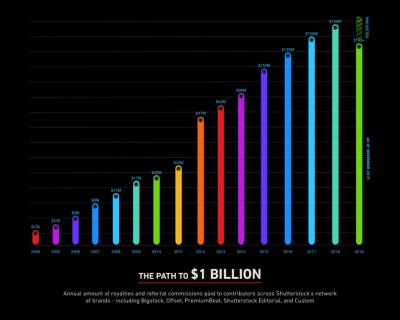Imagine having access to millions of stunning images, illustrations, and videos at your fingertips—sounds amazing, right? That’s exactly what Shutterstock offers. It’s one of the biggest stock image platforms out there, used by bloggers, marketers, designers, and businesses worldwide. Whether you need eye-catching photos for your website, social media, or creative projects, Shutterstock has you covered. But here’s the catch: most of these images require a license to use legally. Still, in this guide, we’ll explore some legit ways to get
Legal Considerations When Using Shutterstock Images for Free

Before you start downloading images from Shutterstock without paying, it’s crucial to understand the legal landscape. Shutterstock’s images are protected by copyright, which means you can’t just grab them and use them freely—unless you have the right license. Using images without proper authorization can lead to serious legal issues, including fines or lawsuits. So, how can you stay on the right side of the law?
First off, always check the licensing terms. Shutterstock offers different types of licenses, like Standard and Enhanced, each with specific usage rights. When you get an image legally through a paid license, you’re authorized to use it for your intended purpose. However, in 2017, some users sought free alternatives—sometimes through shady websites or dubious methods—which can be risky.
Here are some key points to keep in mind:
- Respect copyright laws: Never use images without proper licensing unless they are explicitly labeled as free for commercial use.
- Look for free images legally: Shutterstock occasionally offers free images through promotions or trial periods, which you can use legally if you adhere to their terms.
- Use Creative Commons or public domain images: Some photographers release their images under licenses that allow free use. Always verify the license details before using such images.
- Avoid unauthorized downloads: Downloading images from sketchy sites claiming to offer free Shutterstock images can expose you to malware, legal trouble, and poor-quality content.
In summary, while the idea of downloading Shutterstock images for free is tempting, it’s vital to prioritize legality and ethics. The safest route is to use official free resources, explore Shutterstock’s promotional offers, or consider alternative free stock photo sites. Doing so ensures your projects stay professional, legal, and stress-free.
Methods to Access Shutterstock Images Without Payment

So, you’re eager to get your hands on Shutterstock images without spending a dime? While Shutterstock primarily operates on a paid model, there are a few legit ways to access their images for free—if you know where to look. Let’s explore some options that can help you get high-quality visuals without breaking the bank.
1. Free Stock Image Websites
Although they aren’t Shutterstock, many free stock image sites offer stunning visuals that can serve your needs just as well. Websites like Unsplash, Pexels, and Pixabay provide thousands of high-resolution images that are completely free to use, often even for commercial projects. These platforms are user-friendly and regularly updated with fresh content, making them a great alternative if you’re on a tight budget.
2. Shutterstock’s Free Image of the Week
From time to time, Shutterstock offers a free image of the week or free downloads as part of promotional campaigns. Keep an eye on their official website or subscribe to their newsletter so you don’t miss out on these opportunities. While these freebies are limited, they can be a great way to get quality images without paying.
3. Creative Commons Licensed Images
Some Shutterstock images are uploaded with Creative Commons licenses, which allow you to use them freely under certain conditions. Always check the licensing details to ensure you’re compliant. Websites like Flickr and Wikimedia Commons host images under Creative Commons licenses—just be sure to credit the author if required.
4. Participating in Online Communities and Forums
Engaging with photography communities or forums sometimes opens doors to free image sharing. Photographers often share their work for free or with permission to help promote their portfolios. Platforms like Reddit’s r/photography or specialized Facebook groups can connect you with talented creators willing to share their images.
Remember, while these methods can help you access free images, always respect copyright laws and licensing agreements. Using images without proper rights can lead to legal trouble, so when in doubt, opt for officially free or Creative Commons licensed visuals.
Utilizing Free Trial Offers and Promotions
If you’re looking for high-quality Shutterstock images, taking advantage of free trials and promotional offers can be a game-changer. Shutterstock often runs campaigns that allow new users to download images for free or at a significant discount. Here’s how you can make the most of these opportunities:
- Sign Up for a Free Trial: Shutterstock typically offers a free trial period (often 1 month) where you can download a set number of images without paying. During this period, you get access to their full library, which is perfect if you need several images for a project.
- Read the Fine Print: Always check the terms of the trial. Some offers may have limitations on the number of downloads or require you to cancel before the trial ends to avoid charges.
- Utilize Trial Images Wisely: Plan your project ahead of time so you can maximize the free downloads during the trial. Download all the images you need before the trial ends to avoid paying full price later.
- Stay Updated with Promotions: Follow Shutterstock on social media or subscribe to their newsletter. They often announce special promotions, discounts, or seasonal deals that can save you money or give you free downloads.
Tips for Success:
- Register with a legitimate email address to receive promotional offers.
- Cancel subscriptions or plans before the trial period ends if you decide not to continue, to avoid charges.
- Use multiple accounts if you need more downloads—just be mindful of Shutterstock’s policies.
By strategically taking advantage of free trials and promotions, you can access premium Shutterstock images without paying a cent—at least for a limited time. Just remember to plan ahead, stay informed about current deals, and always respect licensing terms. Happy image hunting!
Finding Free Shutterstock Images on Third-Party Websites
So, you’ve probably noticed that Shutterstock is a goldmine for high-quality images, but accessing them for free isn’t always straightforward. Luckily, there are some third-party websites and platforms that curate free Shutterstock images or offer similar high-quality visuals without the price tag. Let’s explore how you can find these images safely and effectively.
First off, it’s important to be cautious. Not all third-party sites are legitimate or legal. Always ensure that the images you’re downloading are truly free to use and that the site has proper licensing arrangements. Some popular and reputable sources include:
- Pexels: Offers a vast collection of free stock photos, including some Shutterstock images, all under a generous license that allows for personal and commercial use.
- Pixabay: Similar to Pexels, Pixabay hosts a wide array of free images, videos, and illustrations. Sometimes, you’ll find Shutterstock-originated images here, especially if users upload content they’ve obtained legally.
- Unsplash: Known for high-resolution images, Unsplash occasionally features images sourced from Shutterstock contributors. Remember to verify the source if attribution is required.
- Freepik: Offers free and premium resources, including images that may be Shutterstock-derived. Be sure to check the licensing details for each download.
Additionally, some niche forums or social media groups dedicated to free resources can be helpful, but always double-check licensing before using any images from these sources.
Another tip is to use search engines effectively. For example, you can perform a Google Image search with filters set to ‘Creative Commons licenses’ and include keywords like “Shutterstock.” This can lead you to images that are legally free to use, often sourced from sites that aggregate free stock images.
Remember, while finding free Shutterstock images on third-party sites can be a great shortcut, always respect licensing terms and give proper attribution if required. This not only keeps you legally compliant but also supports creators who share their work for free.
Tips for Ensuring Image Quality and Proper Usage
Downloading images for free is fantastic, but ensuring those images are of high quality and used properly is equally important. Poor quality images can ruin your project, and improper usage can lead to legal troubles. Here are some practical tips to help you make the most of your free Shutterstock images:
Check the Resolution and Size
Always verify the image resolution before downloading. High-resolution images (generally 300 dpi for print or at least 1920 pixels wide for digital use) will look sharp and professional. If you need images for large banners or print materials, low-res images will appear pixelated and unprofessional.
Assess the Image Composition
Look for images that are well-composed, properly lit, and focused. A blurry or poorly lit photo can detract from your message. Use editing tools if needed to crop or adjust brightness and contrast, but avoid over-editing, which can make the image look unnatural.
Understand Licensing and Usage Rights
Even if an image is free, it might have restrictions. Some common licenses may prohibit:
- Commercial use
- Modifications or derivatives
- Use in sensitive contexts (e.g., misleading representations)
Always read the licensing terms carefully. If you’re unsure, contact the creator or source for clarification.
Proper Attribution
Many free images require attribution. When in doubt, give credit to the photographer or source. This not only keeps you compliant with licensing but also supports creators. A simple attribution might look like: “Photo by [Photographer Name] on [Website].”
Use Editing Software Wisely
Enhance your images with tools like Adobe Photoshop, GIMP, or Canva. Adjusting brightness, contrast, and cropping can make a big difference. However, avoid excessive alterations that could distort the original quality or intent of the image.
Maintain Backup Copies
Always save original downloads. If you need to modify or resize the image later, starting from the untouched version preserves quality and flexibility.
Stay Updated
Image licensing rules and sources change over time. Keep yourself informed about the latest best practices and any updates in licensing terms to avoid accidental misuse.
By following these tips, you’ll ensure your images look professional and are used legally and ethically. Good quality visuals can make all the difference in your projects, whether for a blog, presentation, or social media campaign. Happy downloading and creating!
Alternative Free Image Resources for Your Projects
If you’re looking for high-quality images but want to steer clear of costs altogether, there are plenty of fantastic free resources out there that can help you get the visuals you need. While Shutterstock is a powerhouse for stock images, it’s not the only option, especially if you’re aiming to keep things budget-friendly or avoid licensing complications.
Here are some of the top free image sources you might want to explore:
- Unsplash: Probably the most popular free photo site right now. It offers a vast library of stunning, high-resolution images contributed by photographers worldwide. No attribution required, though giving credit is appreciated.
- Pexels: Similar to Unsplash, Pexels provides a wide range of free images and videos. The quality is consistently high, and their search functionality makes finding the perfect shot a breeze.
- Pixabay: Not just photos—Pixabay has illustrations, vectors, and even videos. Everything is free to use, even commercially, with no attribution needed.
- FreeImages: Offers a large collection of free photos for various themes and uses. Be sure to check each image’s license, as some may require attribution.
- Flickr’s Creative Commons: A treasure trove of images licensed under Creative Commons. Always double-check the license type to ensure you’re compliant with attribution requirements.
Using these resources, you can find images that perfectly fit your projects without worrying about licensing fees. Just remember to read the license details for each image, as some may have restrictions on commercial use or require attribution. Combining these free resources with Shutterstock can give you a broader palette of visuals to choose from, helping your projects stand out without breaking the bank.
And if you’re ever unsure about licensing, it’s always safest to stick with images labeled for free commercial use or Creative Commons Zero (CC0) license, which allows you to use the images freely without attribution.
Conclusion and Best Practices for Using Shutterstock Images Legally
Now that you know how to access Shutterstock images and what alternatives are out there, it’s essential to talk about how to use these images responsibly and legally. Using images without proper rights can lead to legal trouble, damage your reputation, or even cost you hefty fines. So, let’s go over some best practices to keep your projects on the right side of the law.
First and foremost: Always respect the licensing agreements attached to Shutterstock images. Whether you’re using a free download, subscription, or purchasing a license, make sure you understand what you’re permitted to do with the image. For example:
| License Type | Usage Rights | Restrictions |
|---|---|---|
| Standard License | Most commercial uses, online and print (up to 500,000 copies) | Cannot resell as-is or use in a way that suggests endorsement |
| Enhanced License | Unlimited copies, broader usage rights, including merchandise | Same as above; no reselling as a stock image |
Secondly, attribute when required. Some images, especially those from free sources or Creative Commons licenses, may require giving credit to the creator. Even if attribution isn’t mandatory, it’s a good practice to credit photographers—it shows respect and supports artists.
Third, avoid misrepresentation. Don’t use images in a way that could be misleading or harmful. For example, if you’re depicting a person in a sensitive context, make sure you have their permission, especially if it’s a model release photo.
Finally, keep records of your licenses and downloads. This documentation can be crucial if you ever need to prove you have the right to use an image. Save copies of license agreements, invoices, or download receipts.
In summary, the key to using Shutterstock images legally is understanding and respecting licensing terms, giving proper attribution when needed, and maintaining good records. Doing so not only keeps you compliant but also supports the creators who produce the amazing visuals we enjoy. Happy designing, and remember—using images responsibly is part of creating professional, ethical content that your audience can trust!


